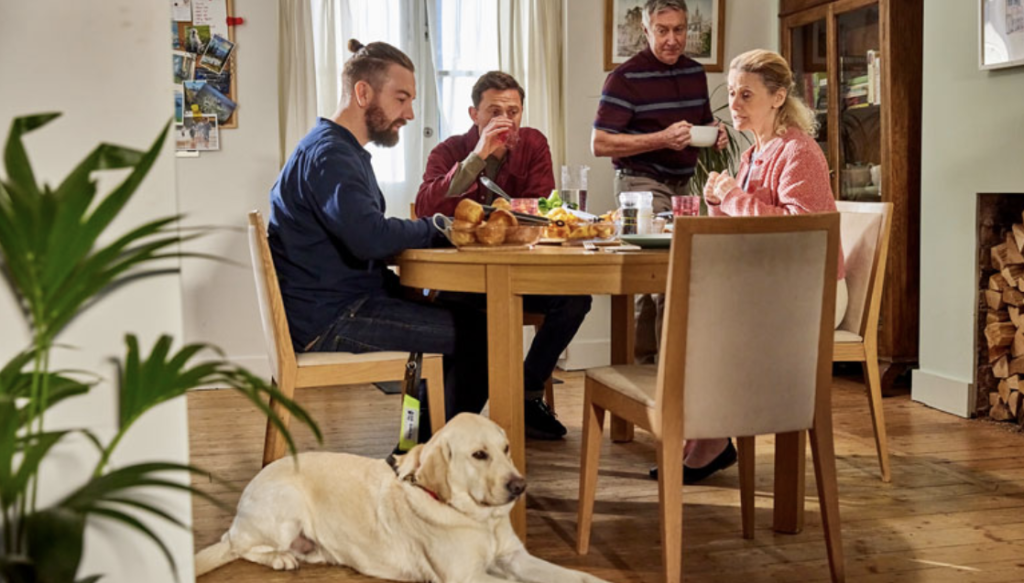
What are Assistance Dogs?
Assistance dogs are trained dogs that do tasks and alerts to help a person’s disabilities, regardless of physical or mental health conditions.
Pet dogs or emotional support animals, assistance dogs are trained to support disabled people and people with medical conditions in many ways.
They are trained to do specific tasks to help their owners through daily challenges, from guiding visually impaired people through busy places to alerting deaf people to important sounds.
Assistance dogs provide practical help that enables their owners to wander freely and be more independent and live life to the full.
While emotional support animals offer comfort and companionship, they don’t require specialist training and don’t have the same public access rights as assistance dogs.
Assistance dogs and emotional support animals
The difference between assistance dogs and emotional support animals is key, as assistance dogs are recognised under the Equality Act 2010 and have legal access to spaces and services that emotional support animals don’t.
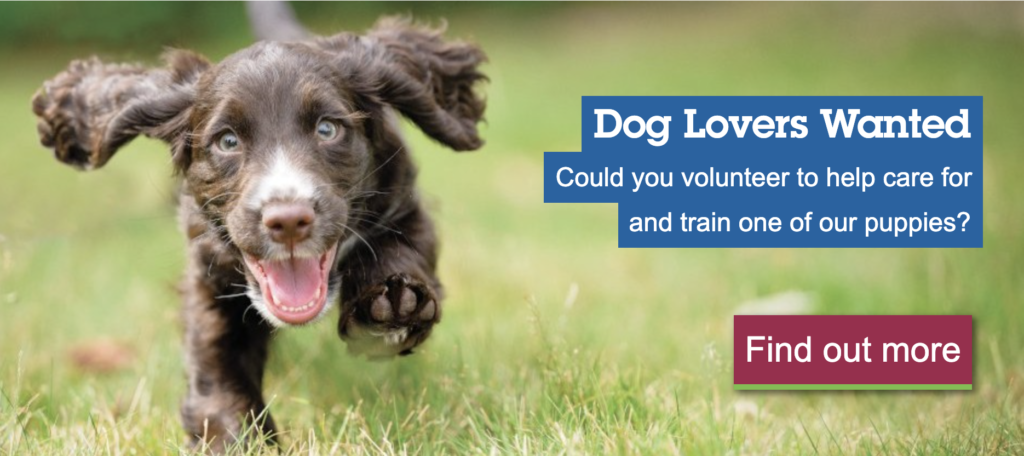
Types of Assistance Dogs
This includes all types of assistance dogs trained to support people with specific disabilities. For example, guide dogs help visually impaired and blind people navigate their surroundings safely.
These dogs are trained to avoid obstacles, stop at curbs and find doors and exits. Hearing dogs assist deaf or hard of hearing people by alerting them to important sounds such as doorbells, alarms or a baby crying.
Mobility assistance dogs support people with physical disabilities by doing tasks like opening doors, retrieving dropped items and helping with balance or pulling wheelchairs.
Autism Assistance Dogs: These dogs are trained to support children with autism by being a calming presence and reducing anxiety. They help with social interactions and prevent children from wandering off.
Seizure Alert Dogs: These dogs can detect a seizure and alert their owner, so their owner can find a safe place and get help. This can be life saving for people with epilepsy.
Disability Assistance Dogs: These dogs support people with physical or mental health conditions, doing specific tasks for their owner’s needs.
Therapy Dogs: Not classified as assistance dogs, therapy dogs offer comfort and companionship in places like hospitals, schools and nursing homes.
They are trained to provide emotional support and enhance the well being of those they visit but don’t have the same training or public access rights as assistance dogs.

Benefits of Dogs as Emotional Support Animals
Assistance dogs offer many benefits that go beyond the practical support. They offer emotional support and companionship which can be especially helpful for people with mental health conditions.
Having an assistance dog can reduce feelings of loneliness and isolation and give a sense of comfort and security.
For families with autistic children, assistance dogs can increase safety and social inclusion.
These dogs help children navigate social situations, reduce anxiety and prevent wandering so families can participate more in community activities.
And the companionship and unconditional love of assistance dogs can have a big impact on mental health. They provide a constant source of emotional support and help to reduce symptoms of depression and anxiety.
The bond between an assistance dog and their owner is deep and life changing and gives the owner a sense of well being and security.
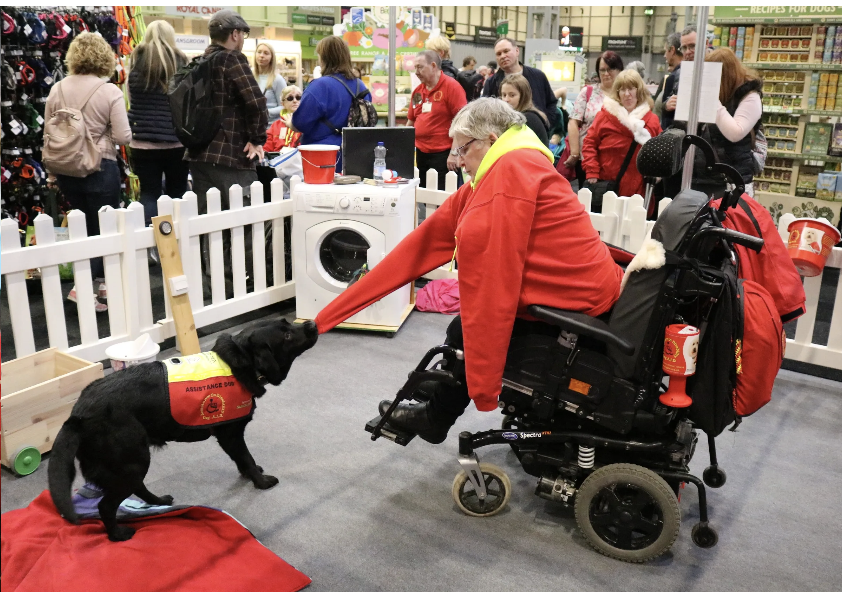
Assistance Dog Organisations in the UK
There are several organisations in the UK that train and provide assistance dogs for those who need them. These organisations ensure the dogs are highly trained and can do the tasks required to support their owners.
Service Dogs UK: A member of ADUK, this organisation provides assistance dogs to veterans with PTSD. These dogs are trained to help manage symptoms of PTSD, provide emotional support and do tasks that reduce the impact of the condition.
Support Dogs: This organisation provides assistance dogs for people with epilepsy, autism and physical disabilities. Their dogs are trained to do tasks specific to their owner’s needs, to increase their independence and overall life.
Guide Dogs for the Blind Association: This well known organisation trains guide dogs for visually impaired people, to help them navigate their surroundings safely and confidently.
Hearing Dogs for Deaf People: This organisation trains dogs for people with hearing impairments, to increase their safety and independence by alerting them to important sounds.

Getting an Assistance Dog in the UK
Eligibility and Application
To be eligible for an assistance dog, individuals must have a disability or medical condition that impacts their daily life. The application process involves an assessment of the individual’s needs and suitability for an assistance dog.
This assessment ensures the person will benefit from having an assistance dog and the dog can be trained to meet their specific needs.
Applications can be made through assistance dog organisations, such as ADUK or Service Dogs UK. These organisations will provide information on the application process, eligibility criteria and support for assistance dog owners.
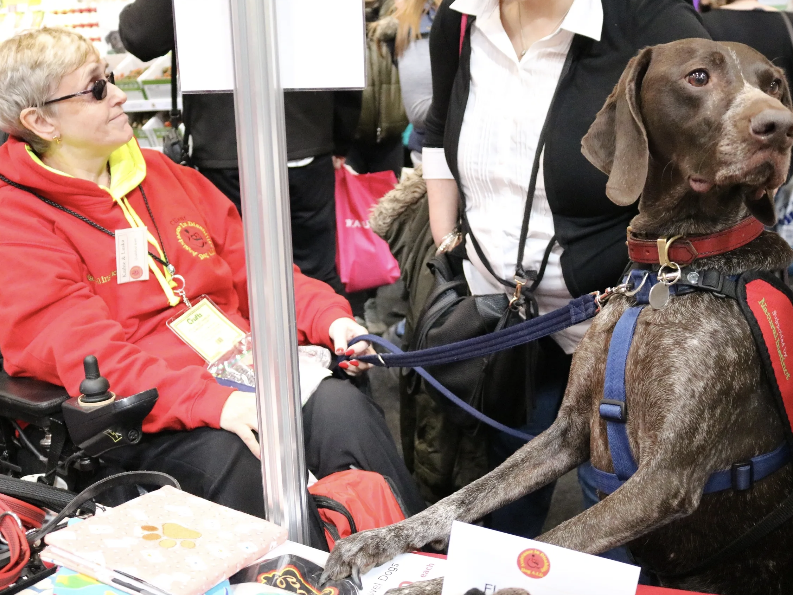
The Matching Process
Once an individual is deemed eligible they will be matched with a suitable assistance dog. The matching process takes into account many factors including the individual’s needs, lifestyle and personality.
The aim is to find a dog that can provide the required support and assistance and create a strong and effective partnership.
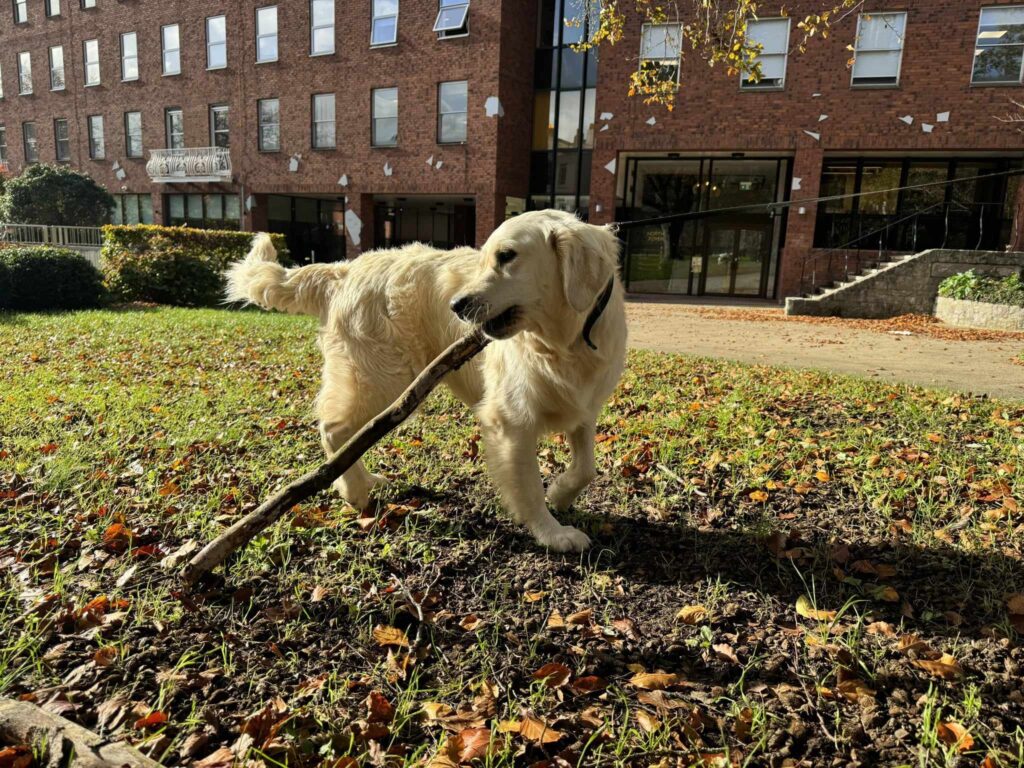
Training and Certification
Assistance dogs are trained for their role. Training can take up to 2 years and is provided by specialist assistance dog organisations.
During this time the dogs learn specific tasks for their future owner’s needs such as guiding, alerting, retrieving and physical support.
While certification is not compulsory, many organisations issue identification booklets to assistance dog owners. These booklets prove the dog’s training and can be useful when accessing public spaces or explaining the dog’s role to others.
Training is continuous and assistance
Training is continuous and assistance dog owners may receive further support and training throughout their dog’s working life.
This means the dog and owner are always prepared and able to cope with daily tasks and challenges.

Rights and Laws for Assistance Dog Owners
Assistance dog owners in the UK have rights under the Equality Act 2010. This legislation prevents discrimination against disabled people and allows assistance dog owners to take their dogs into public areas and services.
Under the Equality Act 2010 assistance dog owners have the right to:
Go into public places, including restaurants, shops and transport.
Live in rented accommodation with their assistance dog even if the property is no pets. It is a legal requirement that Landlords and housing providers must make reasonable adjustments to accommodate assistance dogs during a tenancy agreement.
Receive services and support without discrimination because of their assistance dog. Service providers must make reasonable adjustments so assistance dog users can access their services.
Assistance dog owners also have responsibilities. They must ensure their dogs are well behaved, lie quietly and don’t cause a disturbance.
Assistance dog organisations provide ongoing support and training to help owners maintain these standards.
Volunteering and Supporting Assistance Dog Organisations
Volunteers are vital to assistance dog organisations and raise awareness. There are many ways to get involved and make a difference to disabled people who rely on assistance dogs.
Some volunteering opportunities:
Dog Walkers: Volunteers walk and socialise assistance dogs in training to get them the physical exercise and socialisation they need for their development.
Puppy Raisers: Volunteers raise puppies that are being trained to become assistance pet dog. They provide a home, socialise the puppies and help them learn good manners and behaviour.
Fundraisers: Volunteers organise events and campaigns to raise funds to accept assistance dogs organisations to support the training and placement of assistance dogs.
Administrators: Volunteers help with administrative tasks to keep organisations running smoothly.
In addition to volunteering individuals can support assistance dog organisations through donations. Financial contributions cover the costs of training, veterinary care and other expenses involved in raising and training rescue dogs /assistance dogs.
By volunteering or donating individuals can make a big difference to the lives of a disabled person who rely on assistance dogs for independence and support.
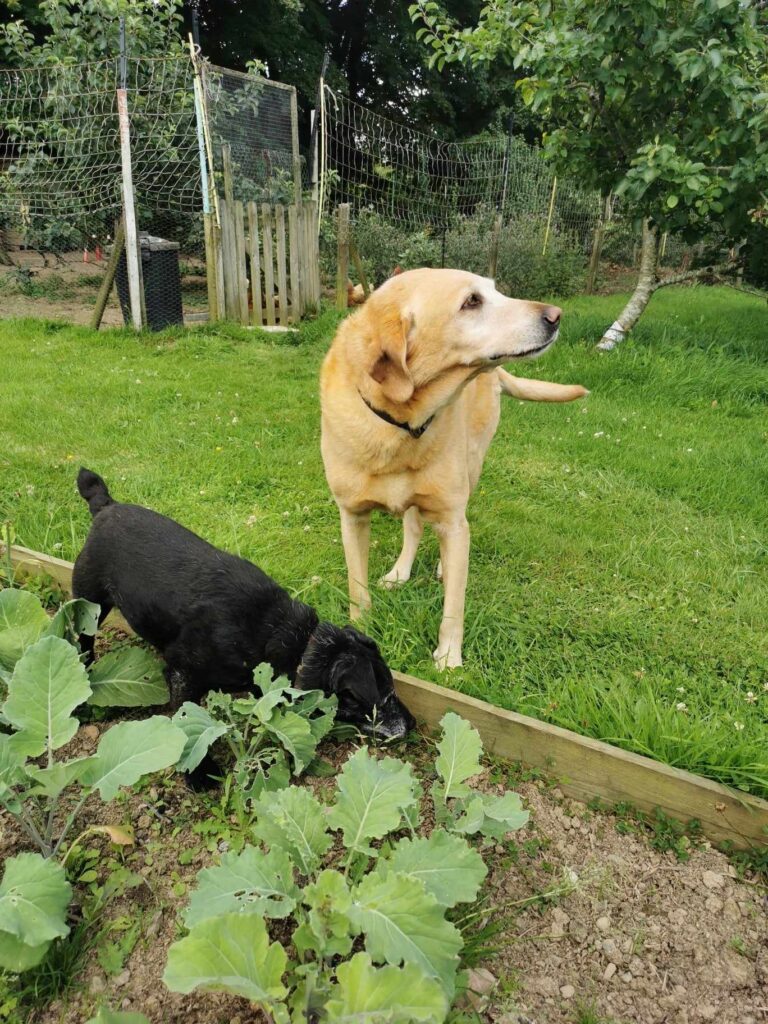
The End Part!
Assistance dogs in the UK help people with disabilities to be more independent, safe and live better. These highly trained dogs perform specific tasks for their owner’s needs, practical help, emotional support and companionship.
Member Organisations like Assistance Dogs UK and Service Dogs UK train and provide these amazing animals.
If you or someone you know needs an assistance dog get in touch with an accredited assistance dog organisation.
The journey to getting an assistance dog involves assessment, matching and training to ensure the dog and owner are a good match.
By volunteering or donating to assistance dog organisations you can support the life changing work they do and help more people experience the amazing benefits of having an assistance dog. These dogs are than just pets; they are dedicated partners who transform lives every day.








